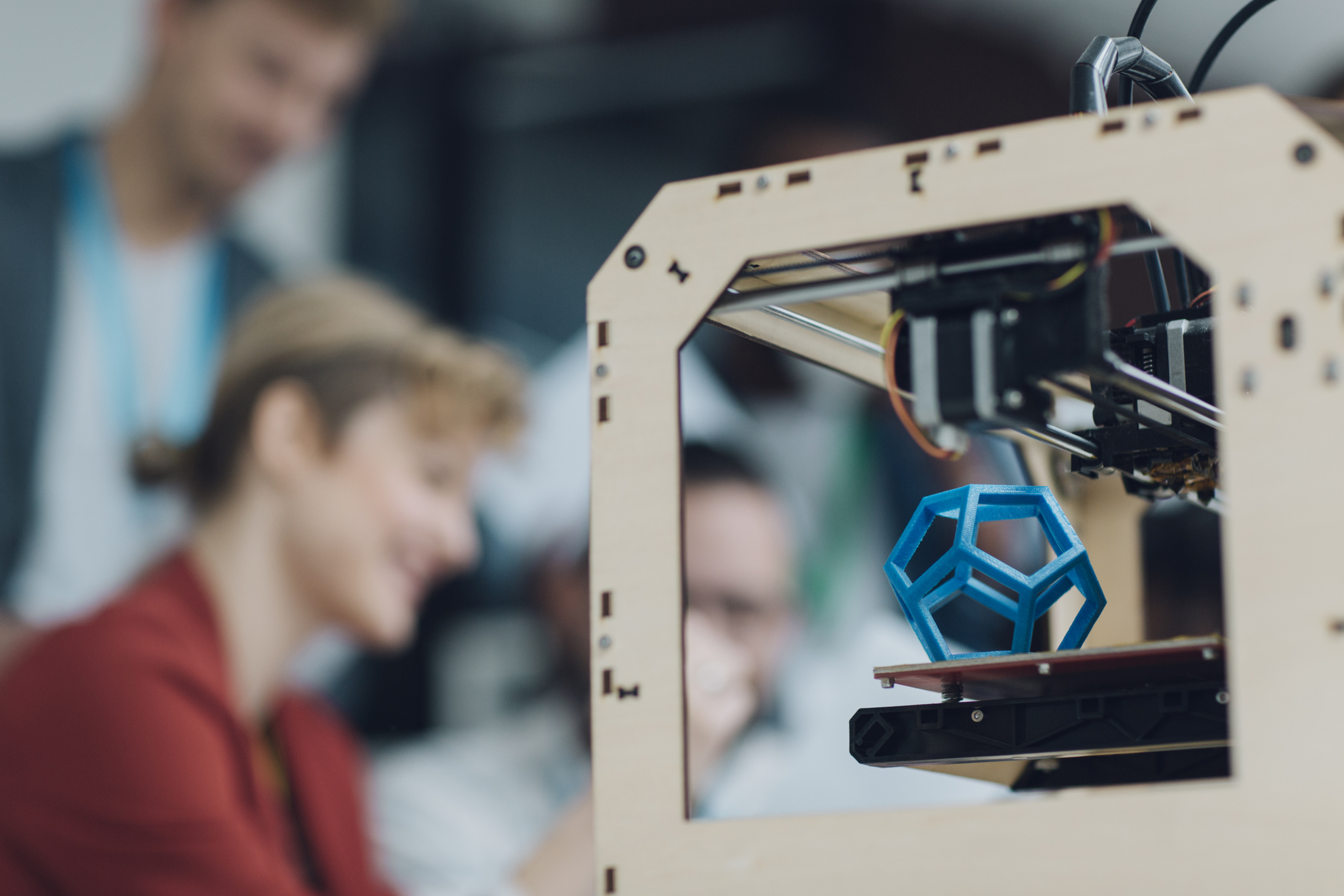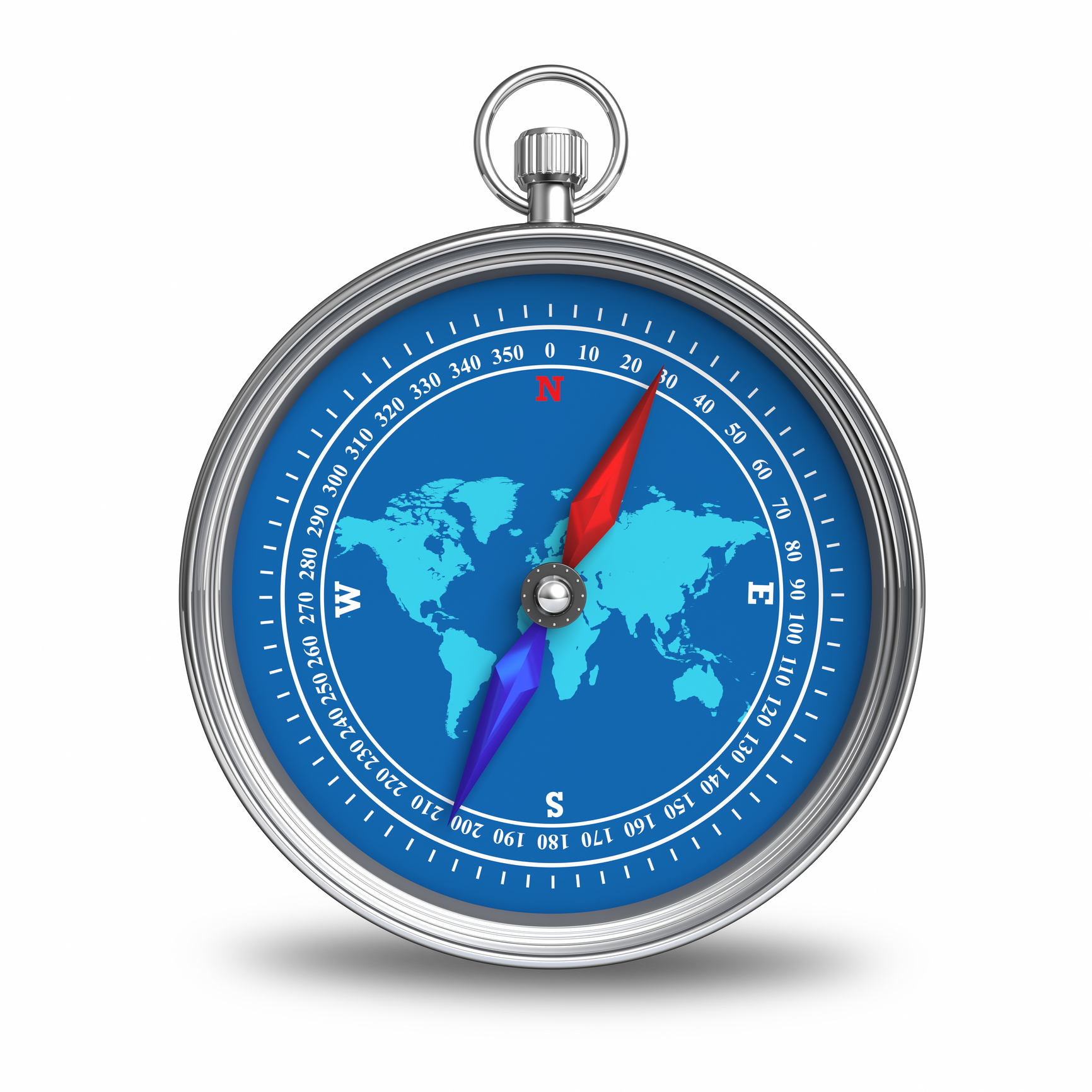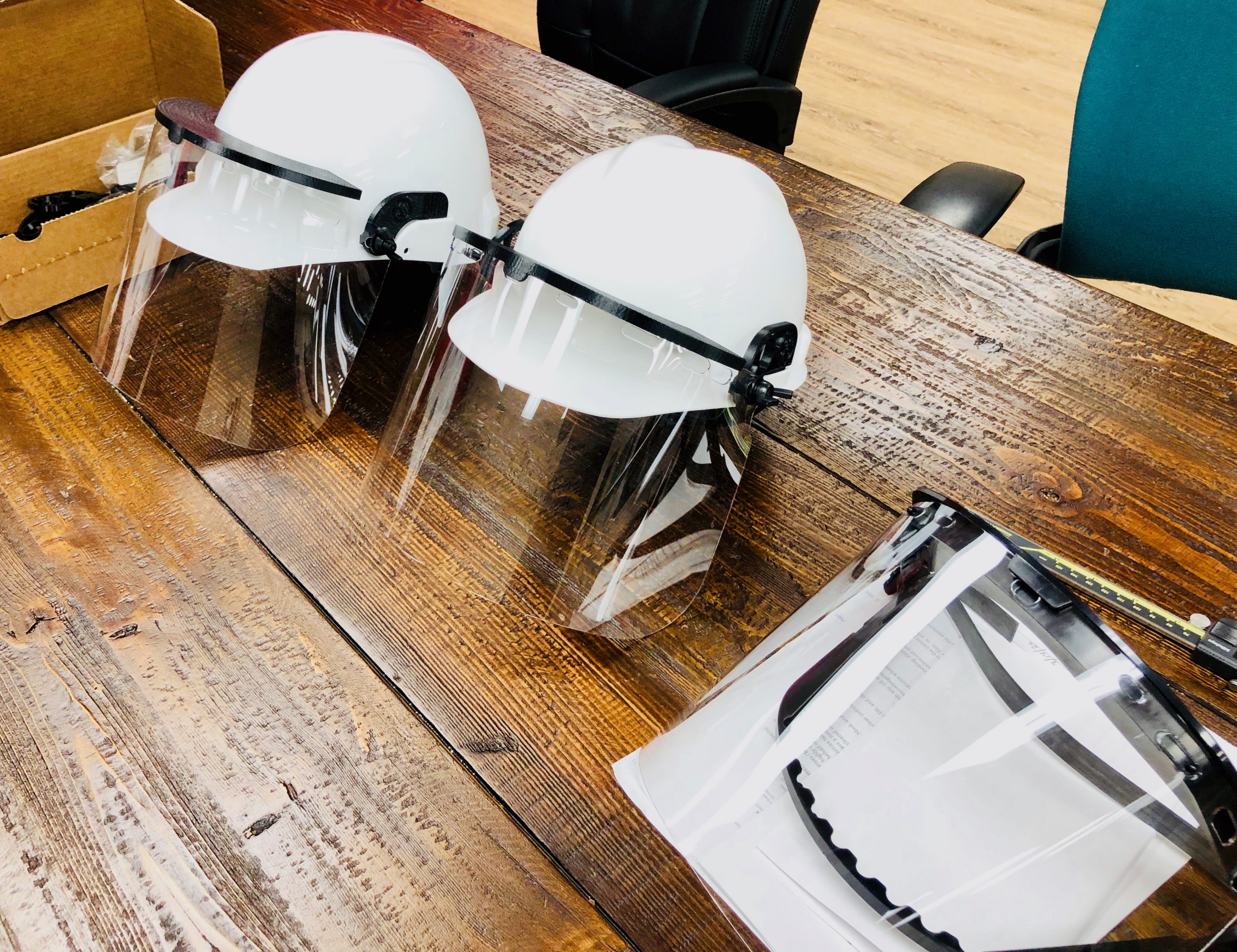The Danish toymaker Lego is using some of its machines to produce safety visors for doctors and nurses, a 12-year old Boy Scout in Canada is 3D-printing “ear gear” for healthcare workers, a town in Chile is using drones to deliver medication and other supplies to vulnerable residents. Here’s some good news from the worldwide fight against COVID-19.
 A piece of synthetic DNA called an aptamer binds with a human protein called nucleolin, preventing it from being “hijacked” by viruses, including SARS-CoV-2, to replicate inside the body. Top and above images credit: Getty Images.
A piece of synthetic DNA called an aptamer binds with a human protein called nucleolin, preventing it from being “hijacked” by viruses, including SARS-CoV-2, to replicate inside the body. Top and above images credit: Getty Images.
What is it? At the University of Louisville, researchers are working on a strand of synthetic DNA that could block the new coronavirus from infecting human cells.
Why does it matter? Any potential vaccine against the virus, SARS-CoV-2, is probably at least a year away; the Louisville team hopes their treatment could quickly help patients affected by COVID-19 in the meantime.
How does it work? In the treatment, a piece of synthetic DNA called an aptamer binds with a human protein called nucleolin, preventing it from being “hijacked” by viruses, including SARS-CoV-2, to replicate inside the body. The researchers had already been working on ways to use this particular technology, including as a therapy for cancer — and that head start could help, Louisville professor of medicine Paula Bates told WAVE3 News: “It might speed things up a bit. It might allow us to get into clinical trials with the coronavirus faster than trying to find a new drug from scratch.”
Lending A Hand (And Helping An Ear)
 3D printing is helping bring relief to clinicians fighting the COVID-19 pandemic. Image credit: Getty Images.
3D printing is helping bring relief to clinicians fighting the COVID-19 pandemic. Image credit: Getty Images.
What is it? Quinn Callander, a 12-year-old Boy Scout in British Columbia, has 3D-printed hundreds of “ear gears” for healthcare workers fighting COVID-19.
Why does it matter? Also called ear guards, the devices attach to surgical masks and are meant to alleviate the pressure those masks put on the ears of those who have to wear them all day, explained Callander’s mother, Heather Roney. She told The Globe and Mail: “We’ve heard from thousands of people who say, ‘This is the difference between working your 12-hour shift comfortably and being in constant pain,’ because of pressure on their ears.”
How does it work? Callander reportedly saw a Facebook post by a nurse looking for something to take the pressure off her ears; a 3D-printing enthusiast, he found some prototypes on the internet and got to work. He went viral after his mother posted a picture online depicting Callander and some of his creations: “We’ve been inundated since the post went viral with requests from the U.S., the U.K., all the way to Singapore,” Roney told the paper. “We have mailed out as many as we can, when people request. Local hospitals are picking up from us as well.” Callander has also inspired other people with 3D printers to join in the cause.
 Drones are helping deliver medications to remote areas in Chile. Image credit: Getty Images.
Drones are helping deliver medications to remote areas in Chile. Image credit: Getty Images.
What is it? 3D printing is being used in the fight against COVID-19; so is that other modern technological marvel, the drone. Reuters reports that four-propeller drones are delivering “medications, masks and hand sanitizer” to elderly residents of remote areas of Chile.
Why does it matter? The drone pilot program is being tested by the small coastal town of Zapallar, according to the news service. Though Chile has more than 10,000 confirmed cases of the coronavirus, Zapallar has none; authorities want to keep that number where it is, while keeping elderly and vulnerable residents out of harm’s way. Gustavo Alessandri, the mayor of Zapallar, told Reuters the system could also be used if infection does spread into his town, and people need to self-isolate: “Now we have a solution to help them get their medications, without exposing a public worker or a member of the family of the person in quarantine.”
How does it work? Municipal workers control the drones, which are loaded with supplies in the city center and then blast off “across the parched, hilly landscape to reach areas that are as much as a two-hour walk from the nearest pharmacy,” according to Reuters. Then they touch down and make their deliveries.
 German scientists have created the COVID-19 Map of Hope. Image credit: Getty Images.
German scientists have created the COVID-19 Map of Hope. Image credit: Getty Images.
What is it? Earlier this month, scientists from Heidelberg University in Germany released what they called the COVID-19 Map of Hope, which provides an “overview of the global clinical research activities” on coronavirus and COVID-19.
Why does it matter? The map collects information on the fight against the coronavirus and puts it all in one place, basically, for anyone to see. As Heidelberg’s Dr. Alexander Zipf said, “Scientists and physicians have immediately responded to the outbreak of the coronavirus pandemic with focused research activities. Unlike diverse other maps that depict case numbers and the spread of the virus, we consolidate and visualize geodata and information on clinical studies and scientific publications.”
How does it work? The map is updated regularly with data from the World Health Organization, and allows users “to see where clinical trials are being conducted — whether in diagnostics, understanding the disease, treatment methods, or drugs for novel therapies and vaccines.” Dr. Markus Ries, of Heidelberg University Hospital, said, “We hope that our map is useful to the global community in the fight against COVID-19 and we are open for further ideas. Anything that will help our patients is welcome.”
 Visors give hospital staff an added layer of protection against infection from the coronavirus. Image credit: GE Additive.
Visors give hospital staff an added layer of protection against infection from the coronavirus. Image credit: GE Additive.
What is it? The Danish toymaker Lego has shifted six molding machines in its Billund factory to the manufacture of safety visors for healthcare workers.
Why does it matter? These visors give hospital staff an added layer of protection against infection from the coronavirus. As demand for personal protective equipment for medical workers has skyrocketed in response to the coronavirus pandemic, many manufacturers, including GE, have joined the cause to produce such equipment.
How does it work? Working around the clock, Lego says, its team in Billund is able to crank out 13,000 visors a day for Danish healthcare workers. The company plans to extend visor production in other factories around the world, starting in Hungary.





